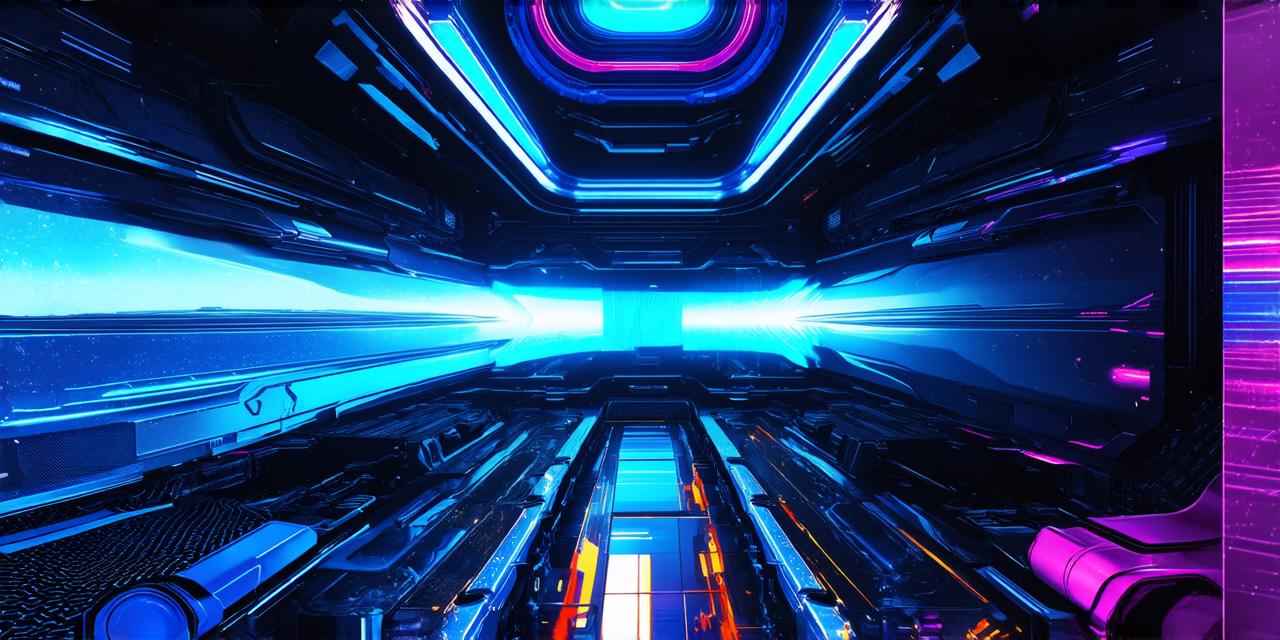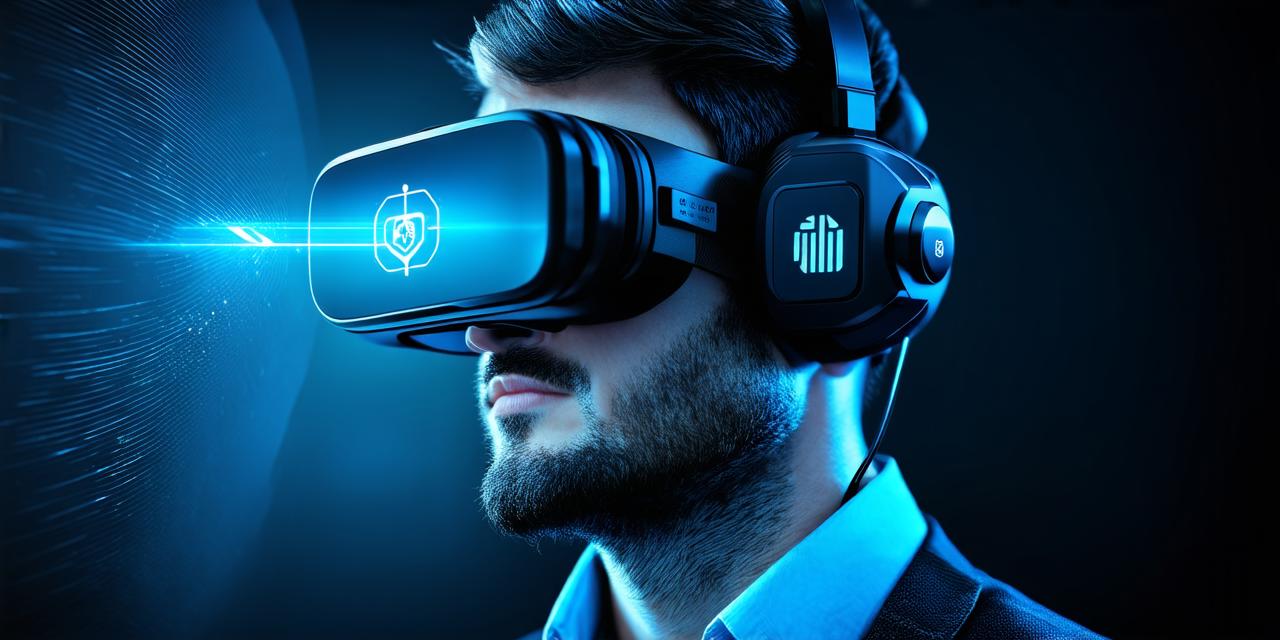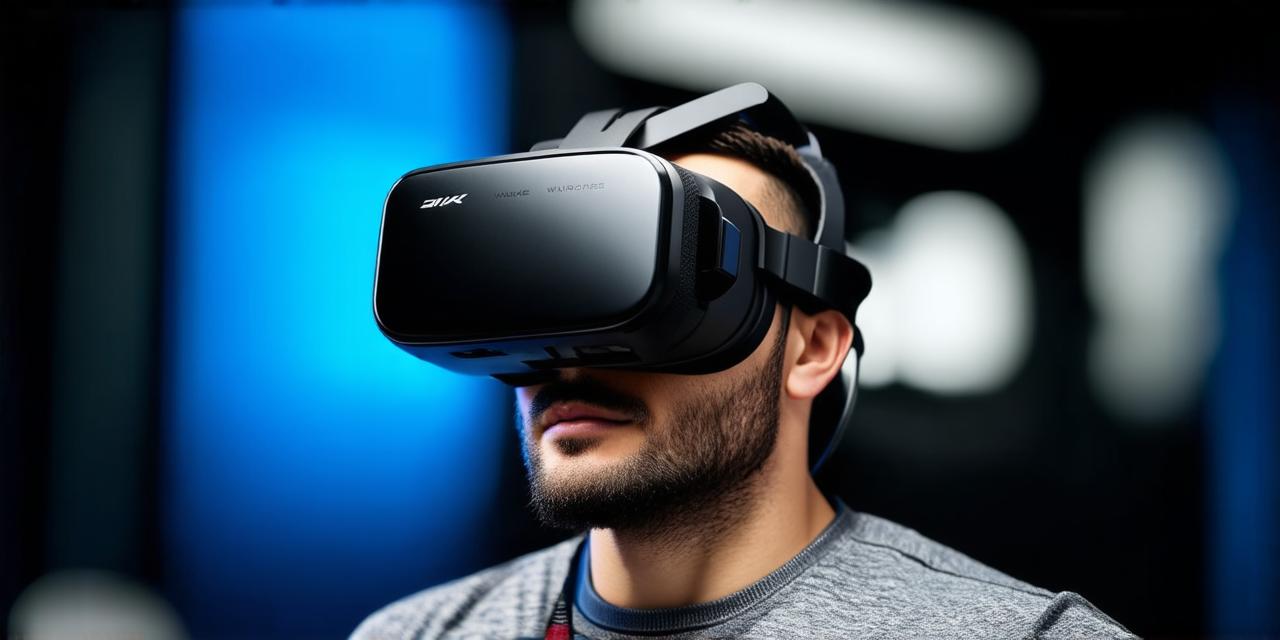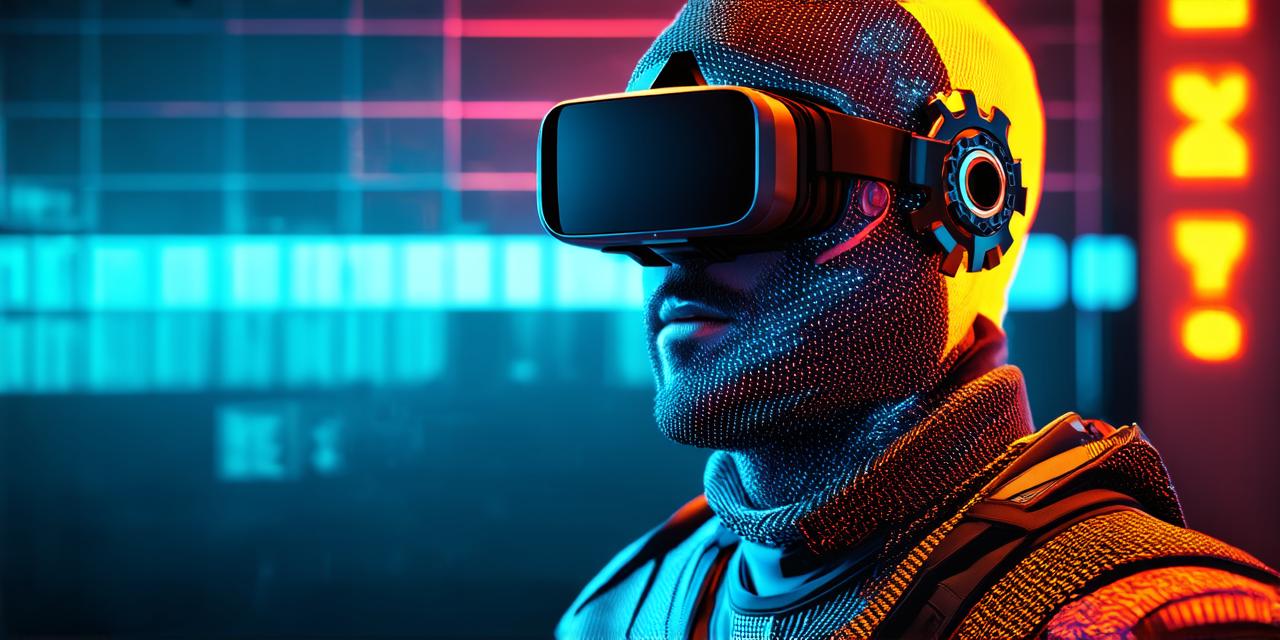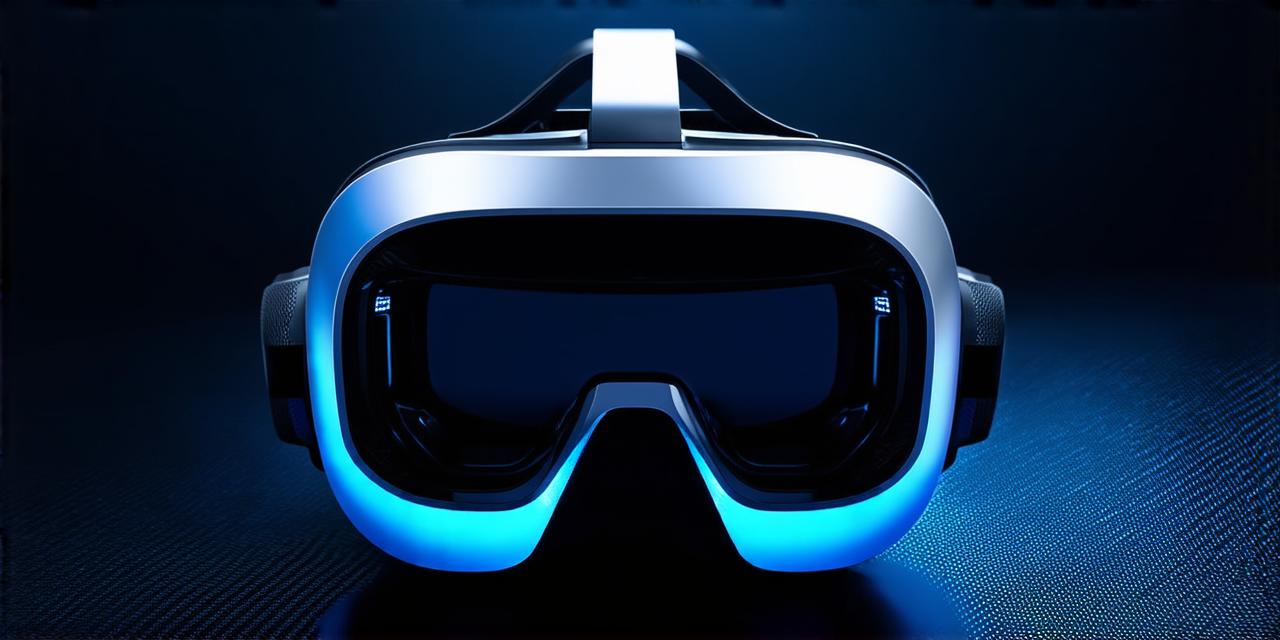1. Understanding the basics of virtual reality
Before diving into VR development, it’s important to understand the basic concepts and terminology used in the field. Virtual reality refers to a simulated environment that can be interacted with using specialized devices such as headsets, gloves, and sensors. The goal of VR software is to create an immersive experience that feels as realistic as possible.
2. Choose your development platform
There are several VR development platforms available, each with its own strengths and weaknesses. Some popular platforms include Unity, Unreal Engine, and A-Frame. It’s important to choose a platform that fits your needs and skill level.
3. Design for user experience
When developing VR software, it’s crucial to focus on the user experience (UX) rather than just the technology. This means designing your VR environment in a way that is intuitive and easy to navigate. For example, you should ensure that users can easily find and interact with key elements of your VR experience.
4. Use 3D modeling software
3D modeling software such as Blender, Maya, and SketchUp are essential for creating the 3D assets that make up your VR environment. These assets include models of characters, objects, and environments. It’s important to choose a 3D modeling software that fits your needs and skill level.
5. Optimize for performance
Virtual reality experiences can be computationally intensive, so it’s important to optimize your software for performance. This means using techniques such as level of detail (LOD) management, texture compression, and frame rate optimization to improve the speed and smoothness of your VR experience.
6. Test on multiple devices
Virtual reality experiences should be tested on a variety of devices to ensure that they work seamlessly across different platforms. This includes testing on headsets such as Oculus Rift, HTC Vive, and PlayStation VR, as well as mobile devices like smartphones and tablets.
7. Collaborate with other developers
Developing VR software can be a complex and time-consuming process, so it’s important to collaborate with other developers who have complementary skills. This can include working with 3D artists, programmers, and UX designers to create a cohesive and engaging VR experience.
8. Stay up-to-date with industry trends
The virtual reality industry is constantly evolving, so it’s important to stay up-to-date with the latest trends and technologies. This includes keeping an eye on new hardware and software releases, as well as emerging best practices and standards for VR development.
9. Consider accessibility
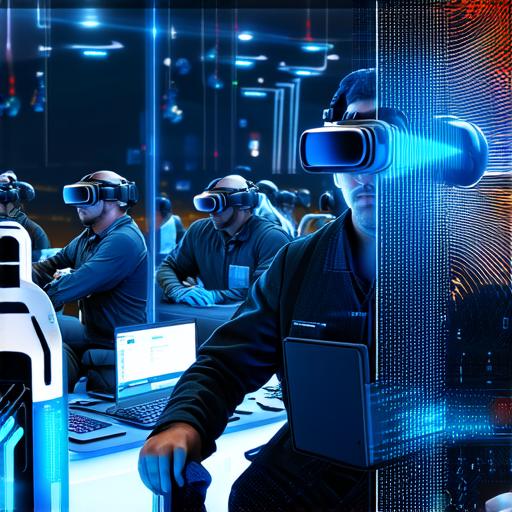
When developing VR software, it’s important to consider accessibility for users with disabilities. This can include adding support for assistive technology such as screen readers, as well as designing your VR environment in a way that is easy to navigate for users with mobility impairments.
10. Use real-world examples
To illustrate the points being made in this article, it’s important to use real-world examples from the VR industry. For example, you can discuss how companies like Google and Microsoft are using VR technology to improve healthcare outcomes, or how game developers are creating immersive gaming experiences that blur the line between reality and fiction.
FAQs:
Q: What is virtual reality?
A: Virtual reality refers to a simulated environment that can be interacted with using specialized devices such as headsets, gloves, and sensors. The goal of VR software is to create an immersive experience that feels as realistic as possible.
Q: How do I choose a VR development platform?
A: It’s important to choose a platform that fits your needs and skill level. Some popular platforms include Unity, Unreal Engine, and A-Frame.
Q: What is 3D modeling software used for in VR development?
A: 3D modeling software such as Blender, Maya, and SketchUp are essential for creating the 3D assets that make up your VR environment. These assets include models of characters, objects, and environments.
Q: How do I optimize my VR software for performance?
A: This includes using techniques such as level of detail (LOD) management, texture compression, and frame rate optimization to improve the speed and smoothness of your VR experience.
Q: What is virtual reality used for?
A: Virtual reality experiences can be used in a variety of industries such as gaming, education, healthcare, and more. The possibilities for VR are endless, and new applications are being developed all the time.
